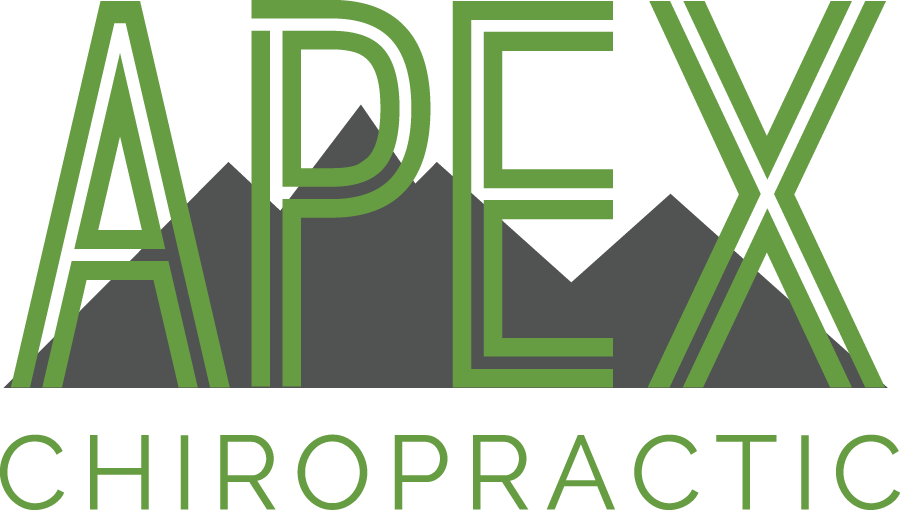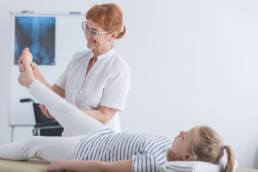Autism is a behavioral developmental disorder generally presenting in children in the first 18 months of life. Individuals with autism are affected in different ways, but all seem to suffer from a triad of abnormalities: difficulty in interacting with others, impairments in communication, and difficulty in thinking imaginatively. The estimated population of people with autism in New Zealand is approximately 40,000 or 1 in every 100 people. The causes of autism are unknown, though genetic associations, along with internal and external environmental stimuli – both in-utero and at any stage post-partum – are the most accepted theories regarding the causes of autism. No matter the cause, those affected by autism have problems with sensory-neural integration and consequent motor output.
A 3½ year old girl was brought in for chiropractic care after being diagnosed twelve months prior with autism. The child did not speak or communicate with anyone except through screaming and tantrum-like outbursts. She would not socialize with her peers and did not engage in physical activity other than that initiated during a tantrum. Both constipation and sleep disturbances were noted at several stages of her life. The mother described the birth as non-traumatic; however, the child was delivered via vacuum extraction with the mother receiving an epidural. Immediately following birth the child was separated from her mother and received a vitamin K injection along with all standard vaccinations, and she was reported to have reacted differently to other children. She slept for 24 hours after receiving the first series of vaccinations. The child suffered a fall from her cot at 5 months of age with no noticeable damage, and she was breastfed for 18 months. She had not spoken at all and only verbalized via screaming, which was observed on presentation.
The initial chiropractic exam revealed decreased respiration in the thoraco-lumbar region and a fast left cervical syndrome. Palpation and range of motion testing, along with spinal, thermal, and electromyography (EMG) scans, were difficult to conduct due to the apprehension of the child. The initial EMG was consequently only performed on the lumbar spine. These initial EMG and thermography scans revealed large areas of asymmetrical motor and autonomic function respectively throughout the entire spine. The scans were performed using the Insight™ surface EMG and thermal scanning technology. The child was checked and adjusted 28 times over a 10-week period using the Torque Release Technique (TRT) model and Integrator™ instrument.
After five adjustments within two weeks, the child—who was previously very apprehensive – was able to lay on the table herself, and by the sixth visit was holding the chiropractor’s hand. The doctor also noted that on the fifth visit, the patient demonstrated emotional response when her C2 was adjusted for the first time. By the tenth visit the child verbalized for the first time while being adjusted and was reported to be laughing during the same week. During the 6th week under care and her 18th visit, the child was reported to have been constipated. No signs were present 24 hours later, at the 19th visit. Comparable thermal and EMG scans were taken at 1 and 2 months following the onset of care. Importantly, the EMG scan was able to be taken of the full spine on both follow-up occasions. Increased balance and symmetry was noted on the 1st month’s scans in both motor and autonomic function as tested bilaterally parallel to the spine, which further improved on the 2nd month scans.
Current literature fails to identify any single anatomical, physical, physiological, psychological, or neurochemical cause for autism, and no single trait is pathognomonic for a diagnosis. Recent studies suggest environmental causes such as infection, digestive dysfunction, autoimmune responses and side effects to antibiotics and vaccines, but these appear to only be associations.
Whatever the cause, there appears to be a problem with environmental perception (sensory neural integration) and subsequent response (motor output). Despite uncertainty in pathogenesis, autopsy results on autistic subjects have yielded consistent findings in the cerebral and particularly cerebellar regions of the brain. Twelve autistic cases showed Purkinje neuronal loss with a consequent reduction in size, most notably in the posterior cerebellar vermis. The vermis receives visual, auditory and vestibular inputs as well as somatic sensory input from the head and proximal parts of the body. Hence the vermis plays a large role in sensing the surrounding environment, a function that appears to be affected in autistic people. Thus the part of the brain that plays a major role in perceiving the environment appears to be reduced in size, cell number and also function in autistic patients.
Here subluxation-based chiropractic care can have its impact. A vertebral subluxation refers to a mechanical problem in the spine that relates to nerve interference. Due to altered biomechanics of the spine, a subluxation can lead to an imbalance in sensory input into both the cerebrum and cerebellum – especially the vermis – from the left, right, or both sides of the body. This sensory dysafferentation then leads to alteration in the central integrative state of the neuronal cells involved with initiating the response to the environmental stimuli (cerebellum and motor cortex initially), which in the case of autistic children can manifest as either hyperactive or hypoactive responses to their environment. Adjustments have the effect of resetting the joint and the mechanoreceptor activity to a resting state with a subsequent change in the central integrative state of the central nervous system, leading to a more appropriate response to the environment.
This case report illustrates how an improvement respectively in both subjective and objective behavioral patterns and nerve system symmetry followed chiropractic care in a child with autism. Similar cases have been published previously with comparable behavioral changes; however, further research is required to determine the exact role of chiropractic in benefiting children with autism. Fill out our online form to set up an appointment.

Ready to See the Best Chiropractor in Louisville, CO?
Apex Chiropractic believes in thriving through life, not suffering in it. We believe that the activities that we want to partake in do not only desire but are necessary, just as necessary as our daily activities. In order to thrive in life and not suffer, we have to be completely in tune with our bodies. Schedule your appointment with us, today.
Like this article? Spread the word!
Related Posts
April 5, 2023
Why Every Newborn Should Be Checked by a Pediatric Chiropractor
The #1 Reason Every Newborn Baby Should Be Checked For Nerve Interference by a Pediatric…
August 1, 2022
3 Benefits of Pediatric Chiropractic Care
Chiropractic care is not reserved only for adults. Pediatric chiropractic care in…





